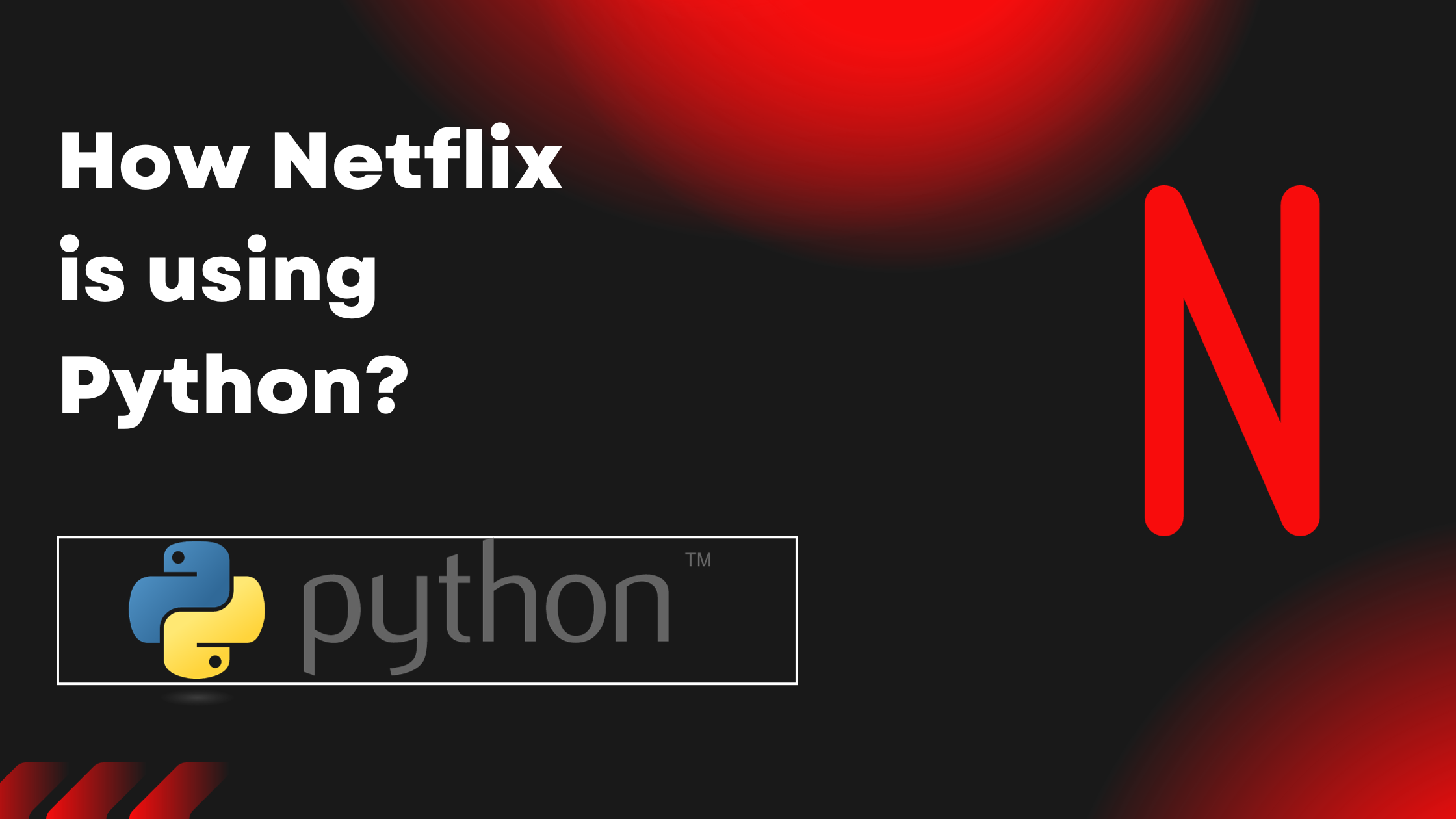When you settle in for a night of binge-watching on Netflix, you might not give much thought to the intriguing coding language that is hard at work behind the scenes, bringing your favorite episodes to life. This guest post will reveal the inner workings of the programming language responsible for the most widely used streaming service in the world.
Netflix’s streaming service is powered by software and infrastructure built with a wide variety of programming languages and technologies. Even while Netflix doesn’t rely on just one netflix coding language, there are a number of languages and technologies that are essential to the company’s day-to-day functioning.
Some of Netflix’s most important programming languages and technologies are as follows:
Java: Netflix’s streaming infrastructure is powered by a number of backend services and apps, many of which were developed using Java. Many of Netflix’s backend services are written in Java, and the company uses a microservices design. Having a reputation for reliability and scalability, it can handle the demands of a popular service like Netflix.
Python: Python is widely utilized in Netflix, especially for data science and machine learning tasks. Python’s Pandas, TensorFlow, and PyTorch packages, among many others, make it an excellent choice for building recommendation algorithms, conducting data analysis, and customizing content.
Front-end development, including the creation of the Netflix online application’s user interface and other interactive aspects, makes heavy use of JavaScript.
Video on Netflix is encoded and decoded using C++. It’s a high-performance language, perfect for things like video streaming that need to handle data quickly.
For the development of certain of its microservices, Netflix employs the use of the Scala programming language, which is compiled for the Java Virtual Machine (JVM). Scala is a popular option for developing reliable and scalable services because it combines the best of object-oriented and functional programming.
Some of Netflix’s web services are written in Ruby. Although not as often used as Java or Python, it nonetheless serves a use in specific Netflix systems.
PySpark: PySpark is a Python library for Apache Spark, a framework for handling large data sets and conducting in-depth analyses. In order to make data-driven decisions, such content recommendations and content optimization, Netflix uses PySpark to handle and analyze massive volumes of data.
The Node.js platform is used to create Netflix’s backend services and application programming interfaces. Its event-driven, non-blocking design makes it an excellent choice for real-time, multi-user applications.
Database management and queries are performed using SQL (Structured Query Language). Netflix stores and manages information such as user profiles, viewing histories, content metadata, and more in a number of database systems.
Kotlin is a JVM-based programming language that Netflix uses to create some of its Android apps. When compared to Java, its syntax is shorter and more flexible.
Netflix’s selection of programming languages and technologies for its massive and intricate streaming infrastructure is driven by the unique needs of each component. These languages and technologies collaborate to give users a smooth and individualized streaming experience.
Python Is the Language of Choice
Python, one of the most flexible and frequently used programming languages, is at the core of Netflix’s technology stack. Python is ideal for generating and maintaining Netflix’s huge inventory of content because of its simplicity, readability, and vast library support.
Python is used for a wide variety of activities by Netflix’s engineering team, including the creation of recommendation algorithms and the management of the backend infrastructure. They can use Python to quickly create, test, and release code, allowing for reliable distribution to millions of users throughout the world.
Intelligence by Machine
Python is the primary language used to construct Netflix’s state-of-the-art machine-learning algorithms. For instance, Netflix’s recommendation system uses Python to study viewer habits in order to make relevant recommendations.
Netflix’s data scientists may build sophisticated models to enhance the reliability of their suggestions with the help of Python’s extensive machine-learning frameworks, such as TensorFlow and PyTorch. That’s why Netflix’s personalized recommendations are so effective at keeping you watching.
Scalability and Microservices
Netflix uses a microservices architecture, in which code is separated into smaller, independent services, to manage the enormous volume of its streaming service. Python excels in this setting, allowing programmers to efficiently create and manage these microservices.
The Python-based microservices architecture used by Netflix guarantees high availability, scalability, and the speedy rollout of new features. This means that there won’t be any hiccups when the new season of your favorite show premieres.
Python for Data Science and Engineering
From user profiles to metadata, Netflix handles a massive quantity of information. Python’s sophisticated big data processing framework, Apache Spark, is what Netflix’s programmers use to parse and analyze this information.
Netflix is able to process and derive insights from enormous datasets with PySpark, which will allow it to improve the overall user experience. By taking a data-driven approach, Netflix is better equipped to learn its audience’s tastes and respond accordingly in terms of what it creates.
Constant Testing and Release
Netflix uses continuous delivery and extensive testing to guarantee a flawless streaming experience. The various testing tools available for Python, such as PyTest, allow developers to perform automated testing and identify problems before they affect end users.
The testing capabilities of Python are a big part of Netflix’s dedication to quality assurance, which in turn helps keep the platform stable and the viewers’ experience uninterrupted.
Conclusion:
The next time you lose yourself in the Netflix world, spare a thought for the netflix coding language that makes it possible. Python is the unsung hero that works behind the scenes to deliver you the personalized content you enjoy.
Python’s flexibility helps Netflix provide the high-quality streaming experience you’ve come to expect, from recommendation algorithms to microservices and large data processing. When you hit play on your next binge, keep in mind that Python has been there the whole time, ensuring your satisfaction.


